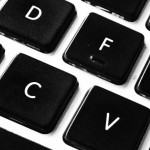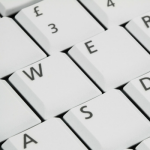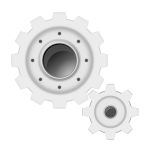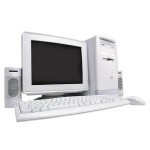_ ____ ____ ___ ___ _ _ / \ / ___| / ___|_ _|_ _| / \ _ __| |_ / _ \ \___ \| | | | | | / _ \ | '__| __| / ___ \ ___) | |___ | | | | / ___ \| | | |_ /_/ \_\____/ \____|___|___| /_/ \_\_| \__|
Artwork that is made up of nothing more than carefully-arranged keyboard characters — 95 American Standard Code for Information Interchange characters, to be precise — is called ASCII art.
I have already shared a few examples of ASCII art, without going into detail about them being ASCII art, in my post about having fun with the Linux command line, where Asciiquarium, Banner, Cowsay, Figlet (which produced the above example), and Sl were all featured.

 LTNS; HRU? GR8? G2K. ZUP?
LTNS; HRU? GR8? G2K. ZUP? Do you know what your F2 key does? Do you know where your F6 key is? Did you know that they are called “function keys”?
Do you know what your F2 key does? Do you know where your F6 key is? Did you know that they are called “function keys”? On most keyboards, if you place the index fingers of each hand on the F and J keys, you will feel a raised bump on each one.
On most keyboards, if you place the index fingers of each hand on the F and J keys, you will feel a raised bump on each one. Computers require some assembly when they are moved or first un-packaged.
Computers require some assembly when they are moved or first un-packaged. What comes to mind when you hear the word “computer”?
What comes to mind when you hear the word “computer”?